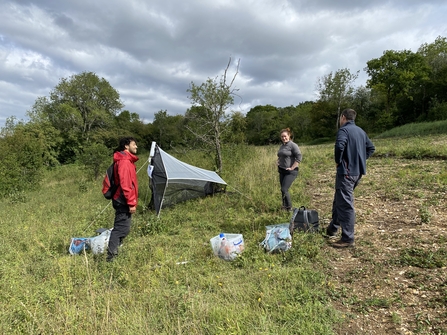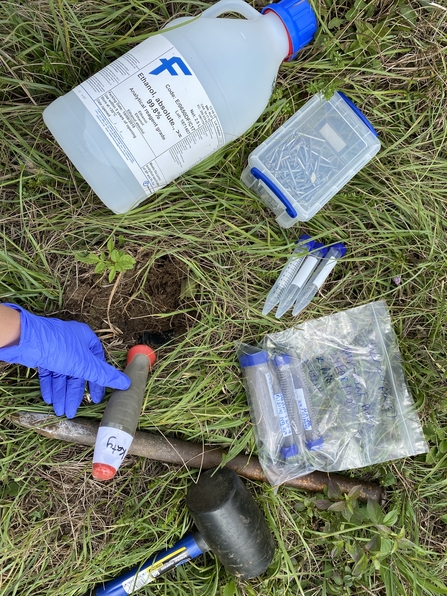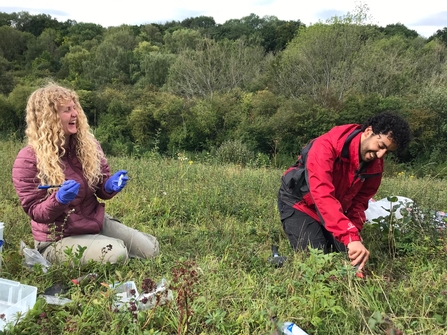There has never been more of an important time to understand biological diversity than the present. With an ever-changing climate and urbanisation on the rise, wildlife and biodiversity face consistent challenges to thrive in ever changing environments. It is therefore important that we understand the biodiversity that inhabits our landscapes. So, for land managers like London Wildlife Trust it is vital that they know what species are present on their sites so that they can manage the land for conservation for as many species as possible. It’s also important they monitor these species so that they can detect any changes in populations, whether that’s a decline in numbers of a particular species or change in its distribution.
Traditional methods of surveying invertebrates usually consist of an invertebrate expert going out onto nature reserves or sites and setting up a series of traps and undertaking surveys to collect a range of species across a range of invertebrate groups, unfortunately these groups are usually targeted already well studied groups. It then takes a considerable amount of time to process and identify the specimens collected. Most groups of invertebrates are difficult to identify, and it can take a lifetime to become an expert in one small subset of invertebrates, for example parasitic wasps, flies or beetles. The difference between species can be in the finest of details only visible under a microscope and it can take years to develop the skills to spot these differences. This is particularly important when species that are identical to the naked eye have their own environmental niches and use the environment in very different ways. Therefore, for land managers its vital to know which species you have in order to know the correct conservation methods to adopt. It takes a huge amount of effort, high level of expertise and vast length of time to accurately survey a nature reserve. All of this presents a big challenge for the conservation of invertebrate communities. This is where Brilliant Butterflies hopes to make a change using exciting DNA technology called environmental or eDNA.




